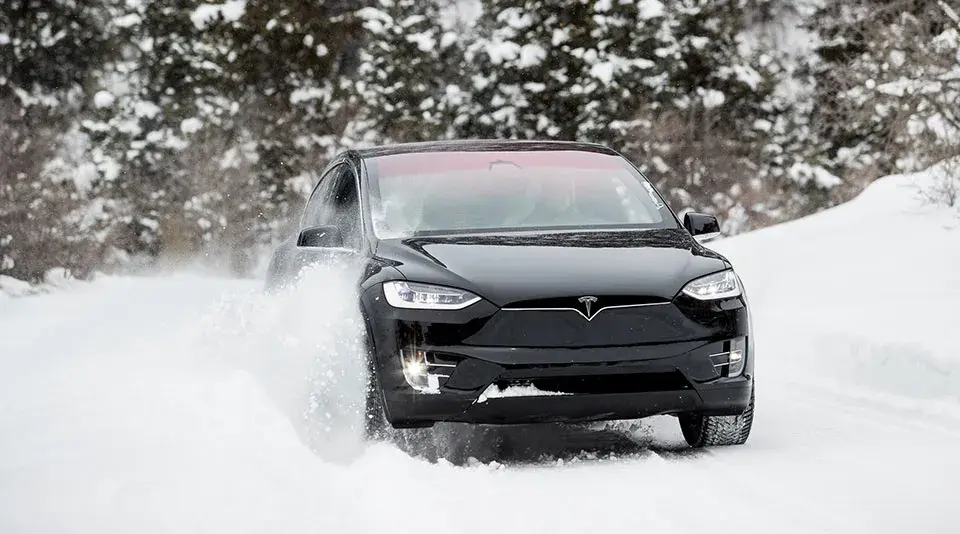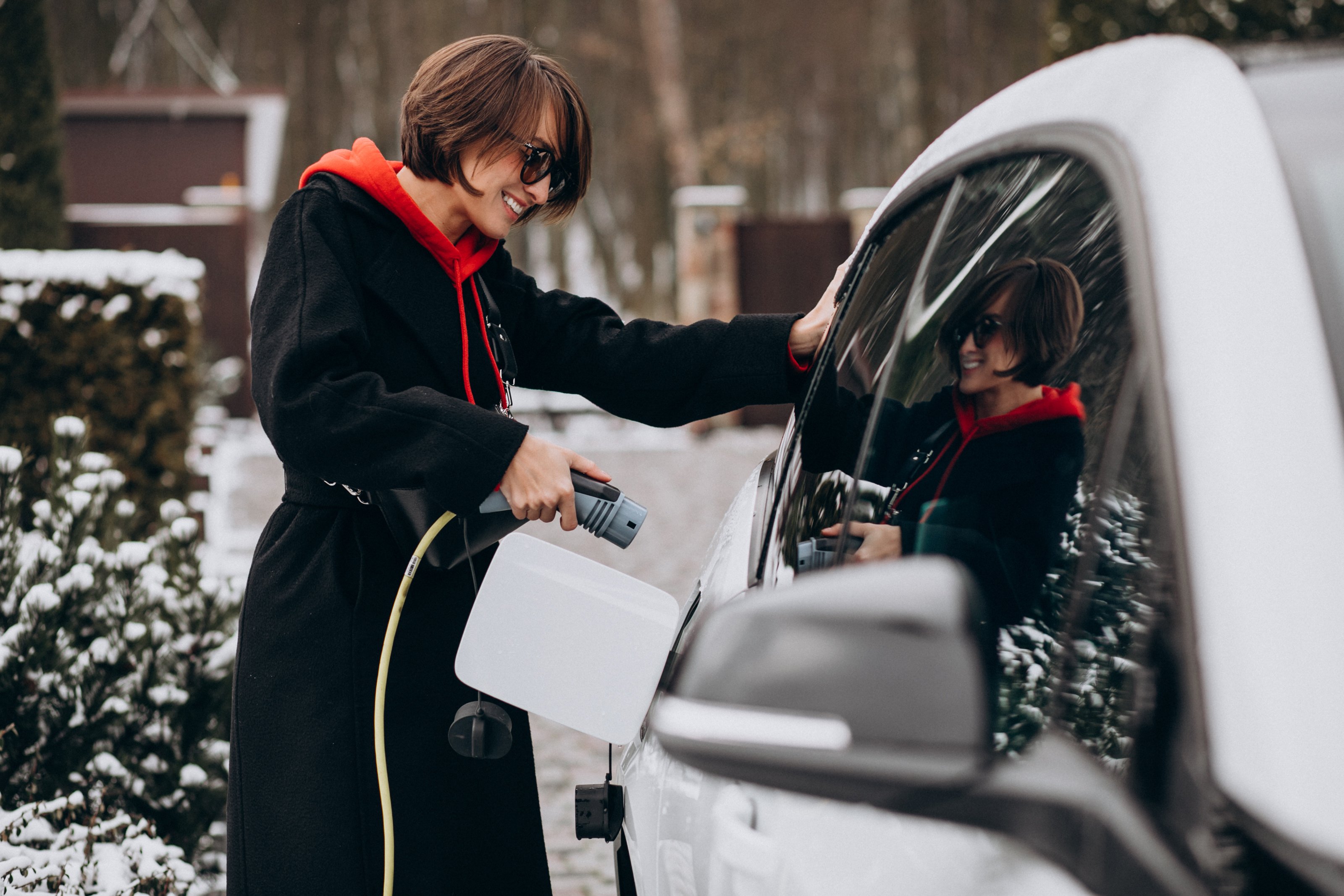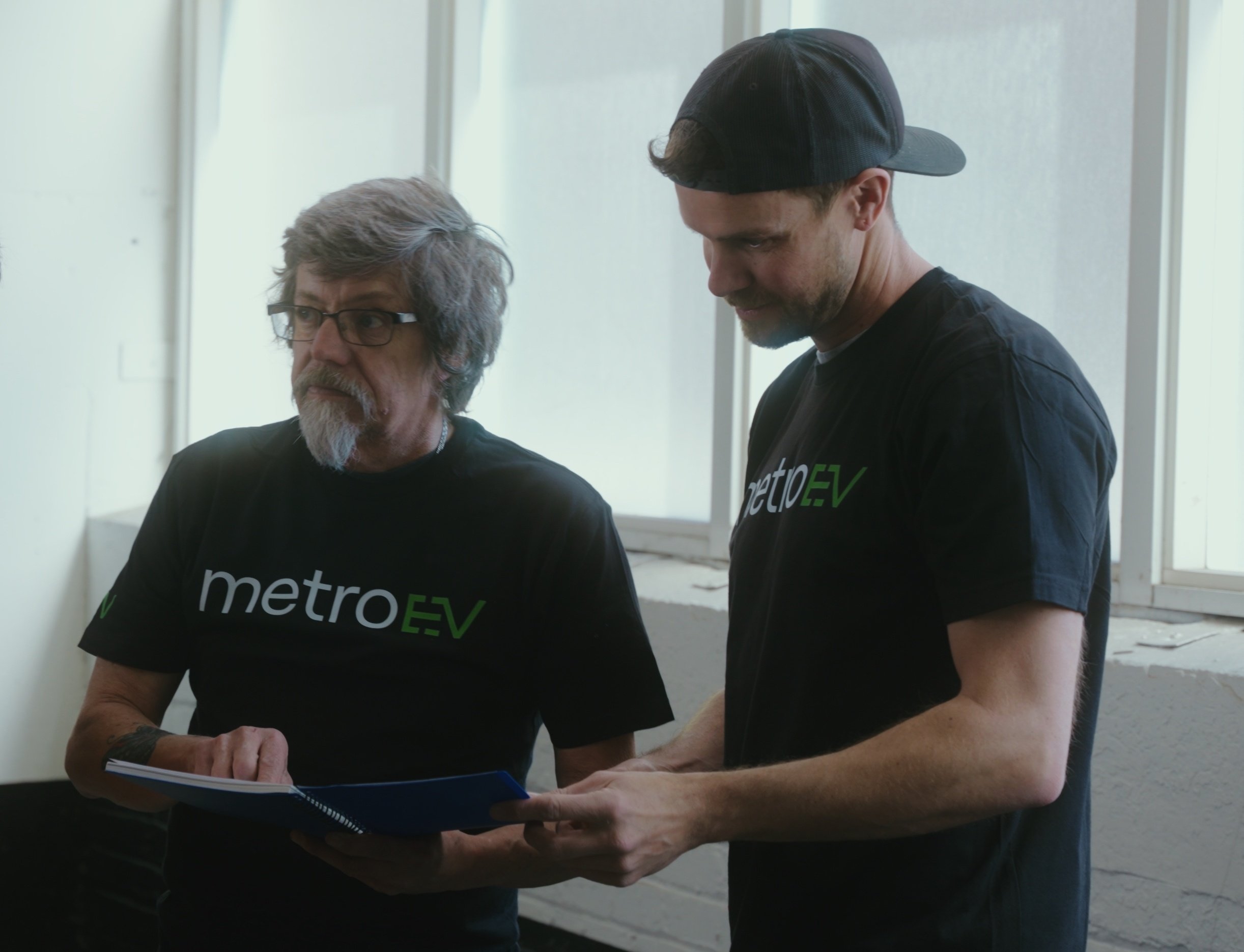Winter driving comes with its challenges for all vehicles, but for electric vehicle owners, understanding how cold weather affects EV range is essential for a seamless driving experience. In freezing conditions, most electric vehicles lose 20-30% of their range, though this varies by model. While manageable for typical daily driving, it may pose challenges for long-distance travel.
While it’s true that all cars—gasoline or electric—lose efficiency in colder temperatures, EV drivers can take comfort in knowing that seasonal fluctuations often have less impact on daily driving. Let’s dive deep into the causes of winter range loss and tips on how to maximize EV range in cold weather.
Understanding EV Range Loss in Cold Weather
Electric vehicles have changed how we think about transportation, offering a cleaner and more sustainable alternative to traditional internal combustion engine cars. However, like any technology, EVs have their challenges—and one of the most commonly discussed is EV range loss in cold weather. If you’ve noticed your EV’s range dropping as temperatures fall, you’re not alone. This is a result of both chemical and mechanical factors that impact battery efficiency and energy consumption.

The Chemical Side of Range Loss
Batteries power EVs by chemical reactions that generate electricity. In cold weather, these reactions slow down, increasing internal resistance and reducing the battery’s ability to deliver power efficiently. The lower the temperature, the harder the battery has to work, which can result in range loss.
Fortunately, advancements in EV battery technology and thermal management systems have made modern EVs better equipped to handle the cold. For instance, many EVs now come with battery heating systems that keep the battery within an optimal temperature range, minimizing efficiency losses. However, the extent of the impact varies by car model, so it’s important to check your EV’s specifications to understand how it performs in cold conditions.
The Mechanical Side of Range Loss
Unlike internal combustion engine cars, which use waste heat from the engine to warm the cabin, EVs rely on their battery to power heating systems. This means that when you turn on the heater to stay warm, you’re using energy that could be used for driving.
Cabin heating is one of the most significant contributors to EV range loss in cold weather. The energy demand for heating can increase significantly when temperatures drop, especially in frigid climates. To cope with this, many EV manufacturers have introduced more efficient heating technologies, such as heat pumps, which use less energy compared to traditional resistance heaters. Preconditioning your car—warming it up while it’s still plugged in—can also help preserve range by reducing the battery’s heating workload during the drive.

Read our blog to learn more about the impact of kW vs. kWh for EV charging.
Is Winter Range Loss Permanent?
The good news is that EV range loss in cold weather is not permanent. EV batteries are designed to recover their full capacity once they return to optimal operating temperatures. The range loss you experience during cold weather is temporary and primarily due to the chemical and mechanical factors.
.png?width=600&height=338&name=metroev%20Graphics%20(2).png)
When the temperature rises, the chemical reactions within the battery resume their normal efficiency. The energy demand for heating systems drops, allowing more of the battery’s energy to be used for driving.
It’s important to note that while winter conditions don’t cause permanent damage to the battery, long-term battery health can be influenced by other factors, such as frequent fast charging or consistently letting the battery drain to very low levels. Taking care of your battery through proper charging practices and maintenance will ensure it lasts for years, regardless of seasonal changes.
How Does Cold Weather Affect EV Range?
Loss of EV range in cold weather is caused by chemical and mechanical factors that affect battery performance and energy consumption.
Battery Performance
Lithium-ion batteries, the powerhouse of most EVs, are sensitive to temperature changes. Cold weather slows the chemical reactions within the battery, reducing its overall energy output. This means less available power and shorter driving range.
Heating Systems
Unlike internal combustion engine cars, which use waste heat from the engine to warm passengers, EVs must generate heat using battery power. Cabin heating, defrosting windows, and maintaining passenger comfort significantly draw energy from the battery, resulting in range loss.
Tire Pressure
Cold temperatures cause tire pressures to drop, increasing rolling resistance and requiring more energy to maintain motion. Ensuring properly inflated tires can help with maximizing EV range in cold weather.
Battery Warm-Up
In cold and frigid weather conditions, batteries require more time to reach their optimal operating temperature. While your EV takes time to warm up, performance is limited which reduces range. However, there are features like preconditioning that can help. Preconditioning in electric vehicles warms the cabin while plugged in, using external power to conserve battery energy. This maximizes range and keeps passengers warm with a clear windshield before you drive.
.png?width=649&height=365&name=metroev%20Graphics%20(3).png)
To learn more about maximizing EV charger efficiency, read our guide on EV charger maintenance.
Tips to Maximize EV Range in Cold Weather
While some range reduction in winter is inevitable, there are some measures you can follow to maximize your EV range in cold weather.
.png?width=609&height=343&name=metroev%20Graphics%20(4).png)
1. Preconditioning Your EV
Preconditioning warms your vehicle while it’s still plugged in, reducing the need to use battery power for heating once you start driving. Many EVs offer preconditioning through a smartphone app or by setting a departure time. This ensures a warm cabin and an unfrosted windshield without compromising your range.
2. Optimize Cabin Heating
Use seat warmers and heated steering wheels instead of relying solely on the cabin heater. These features consume less energy and provide targeted warmth, preserving battery capacity for driving.
3. Plan Efficient Routes
Route planning apps can help identify charging stations and optimize your journey. Driving at moderate speeds and avoiding aggressive driving or unnecessary idling will also conserve energy.
4. Maintain Tire Pressure
Regularly check and inflate your tires to the manufacturer’s recommended levels. Properly inflated tires reduce rolling resistance, improving efficiency and range.
5. Smart Charging Practices
Charging your EV strategically can make a difference. Store your vehicle plugged in with a charge limit of 70–80% to keep the battery warm using wall power rather than battery energy. Additionally, some EVs precondition the battery for optimal charging temperatures when navigating to a charger. To learn more, read our blog on how to improve electric car charging in winter.
6. Adapt Regenerative Braking
On icy roads, lower regenerative braking settings to maintain better control and ensure safety. Note that regenerative braking may already be limited by your car’s battery management system in extreme cold.
Learn more about EV charging:
How To Charge Your Electric Vehicle Faster
Charging EVs in Cold Weather: Improve Electric Car Charging in Winter
Making the Most of Your EV in Cold Weather
As EV battery technology continues to evolve, EVs are becoming resilient to the challenges posed by cold weather. From improved thermal management systems to more energy-efficient heating solutions, manufacturers are constantly innovating to ensure EVs perform reliably year-round.

For our metroEV customers, understanding the factors behind EV range loss in cold weather and taking proactive steps can make a significant difference in your driving experience. By adapting your habits and leveraging your EV’s features, you can stay warm and keep moving, even when the temperature drops.
Contact metroEV for a personalized EV charger quote and expert guidance. Our team will help you choose the right EV charger type, ensuring a seamless installation that meets your building’s unique needs, even in the winter.
To learn more, download our free guide on how to get started with EV charging.
Learn more about EV Chargers:
EV Charger Maintenance Guide
Charging EVs in Cold Weather: Improve Electric Car Charging in Winter
Complete Guide to EV Charging Stations and How They Actually Work
Video: How Much Does It Cost To Install an EV Charger?

AUTHOR
Isaac Klein
Isaac Klein, Vice President at metroEV, leads the development and deployment of small to large-scale EV charging solutions and charger networks across condos, commercial and public properties. With deep expertise in EV technology and sustainable infrastructure, Isaac has shaped metroEV into a go-to partner for future-ready charging solutions. He’s known for turning complex projects into streamlined installations—helping buildings and properties across Canada stay ahead of the EV curve.


.png)





